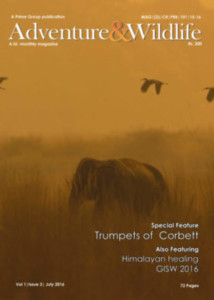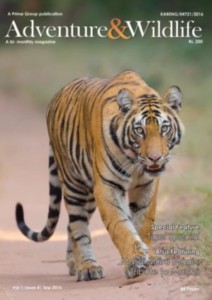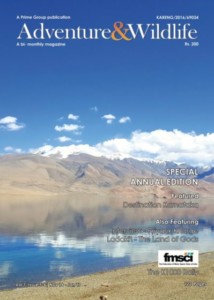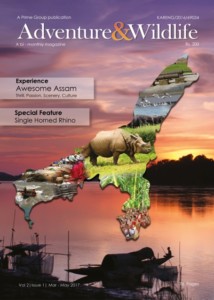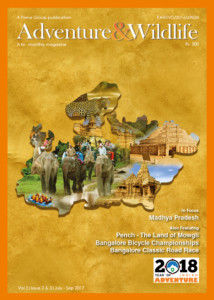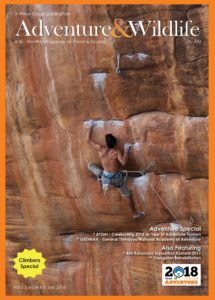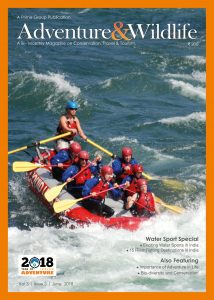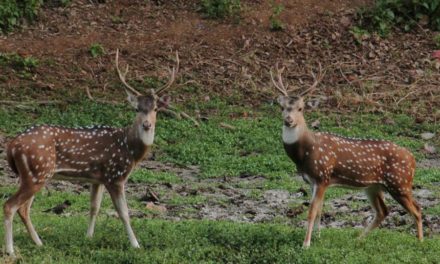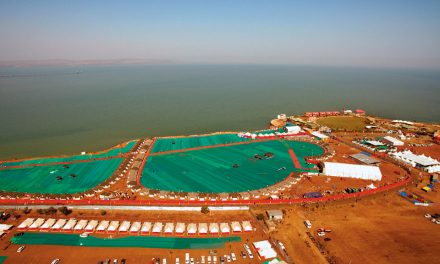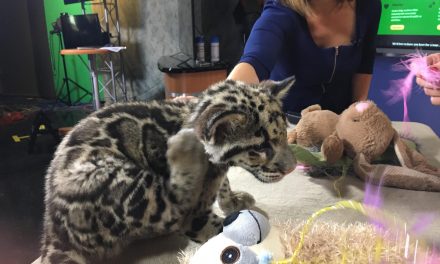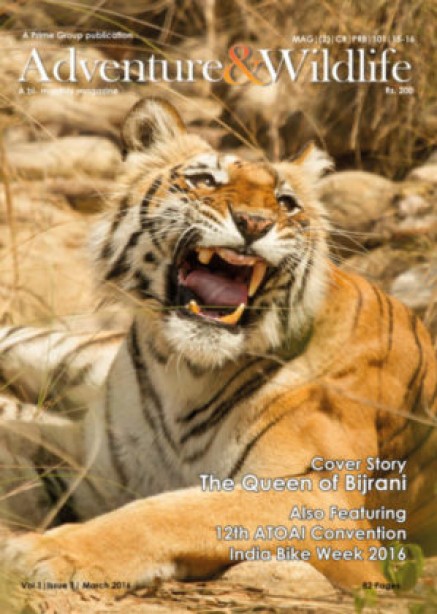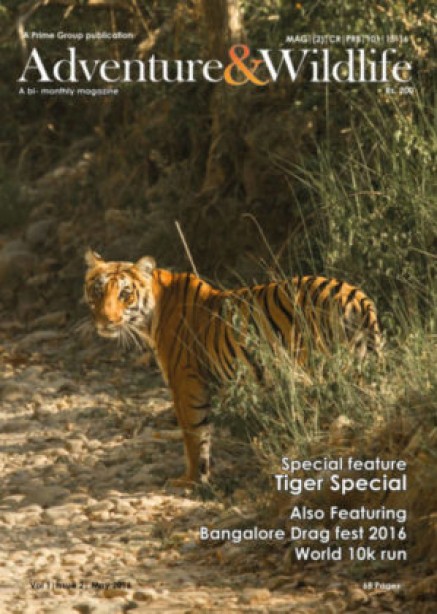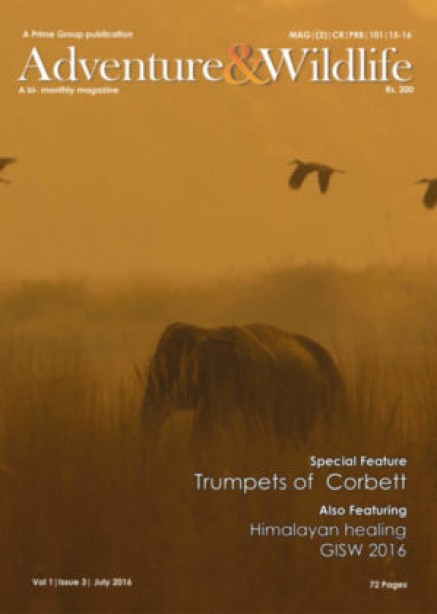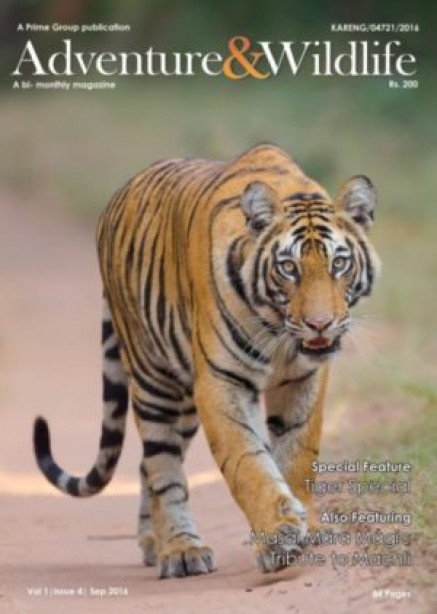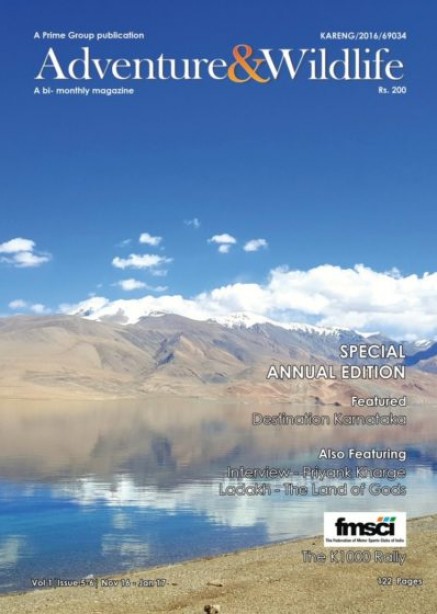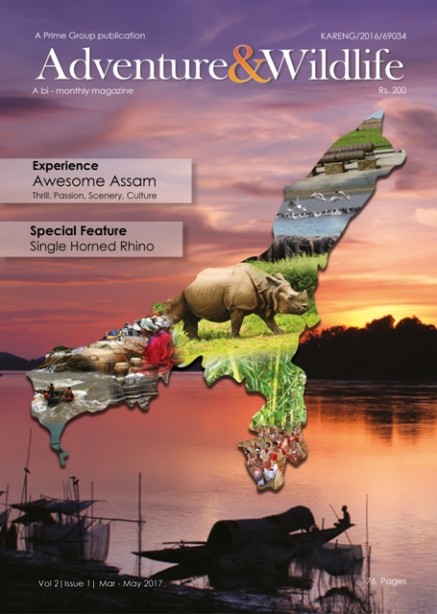
Illegal wildlife trade is one of the biggest threats to endangered species
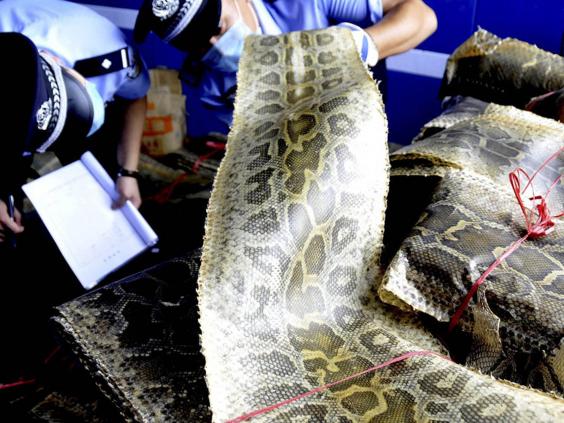
You might not have heard of a pangolin, but they are widely claimed to be the most illegally trafficked mammal in the world.
With their armoured shells and long noses, pangolins are often called “scaly anteaters” because of their preferred diet. Much like the UK’s native hedgehog, when in danger, pangolins can roll into a ball – exposing only the tough scales for protection
Earlier this year, Thai customs officials seized 136 live pangolins and 450kg of pangolin scales smuggled into the country from Malaysia. These scales, which were likely destined to be used in traditional Asian medicines, are worth around $75,000 (£56,000).
econd to habitat loss, illegal trade of wildlife is considered the biggest threat to many endangered species. Although it is controlled by laws created by member countries of the Convention on International Trade in Endangered Species (Cites), illegal trade continues. And many species are now being pushed ever closer to extinction to satisfy huge demand for such things as medicines, collectables, pets and clothing.
Not our problem?
Earlier this year, the Natural History Museum announced Brent Stirton as its Wildlife Photographer of 2017 for his image Memorial to a Species, an evocative and distressing image of a slaughtered black rhino bull, horn hacked off by poachers, which was taken in Hluhluwe-Imfolozi Park, South Africa.
But illegal wildlife trade isn’t just something that happens where the animals live – the UK is both an important transit and destination country for this type of trade. Between 2009 and 2014, the UK Border Force dealt with 257 confiscations, seizing nearly 3,000 items; including ivory, rhino horn and tiger products.
The UK Government has made a clear commitment to support efforts to tackle the illegal wildlife trade. But although there are a few examples of excellent practice and of more recent initiatives – such as better collaborative work between governments, targeted crackdowns, and awareness campaigns – enforcement remains marginalised and under resourced.
Relying on enforcement is also problematic as crimes involving wildlife are generally not seen as “serious”, or are not thought of as “real crimes”. And in this way, offenders are rarely identified and prosecuted. Sentencing in the UK, and elsewhere, is also often far too lenient – and my own research has supported this.
Slap on the wrist
The research I carried out on behalf of the World Wide Fund for Nature (WWF) used analysis of previous sentences, interviews of prosecutors and an experts’ workshop. I found that sentencing in England and Wales for the illegal wildlife trade is lenient and somewhat inconsistent. The most common sentence was a fine – usually £2,500 or less.
Where information on the value of an animal or product was available, this was often much less than the “market value” of the illegal items involved. My research also showed that when imprisonment was used, sentences tended to be significantly shorter than the maximum available.


